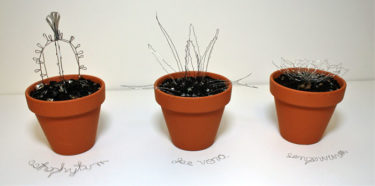Abstract
Background
Biofilm management and infection control are essential after periodontal and implant surgery. In this context, chlorhexidine (CHX) mouth-rinses are frequently recommended post-surgically. Despite its common use and many studies in this field, a systematic evaluation of the benefits after periodontal or implant surgery is—surprisingly—still missing.
Objectives
To evaluate the benefits of chlorhexidine rinsing after periodontal or implant surgery in terms of plaque and inflammation reduction potential. Furthermore, to screen whether the concentration changes or additives in CHX solutions reduce side effects associated with its use.
Materials and methods
A systematic literature search was performed for clinical trials, which compared CHX rinsing after periodontal or implant surgery with rinsing using placebo, non-staining formulations, or solutions with reduced concentrations of the active compound. Four databases (Medline, PubMed, Embase, Cochrane) were searched up to June 2018. Two reviewers independently identified and screened the literature.
Results
From 691 titles identified, only eleven publications met the inclusion criteria and were finally included. Mainly early publications assessed the benefits of CHX over placebo rinsing, whereas more recent publications focused more on the evaluation of new formulations with regard to effectiveness and side effects. The use of CHX after surgery showed in general significant reduction in plaque (means of 29–86% after 1 week) and bleeding (up to 73%) as compared to placebo. No consensus, however, was found regarding the most beneficial CHX formulation avoiding side effects.
Conclusion
Chlorhexidine rinsing helps to reduce biofilm formation and gingival inflammation after surgery. However, no additional reduction of periodontal probing depth over any given placebo or control solution could be found irrespective of whether CHX was used or not. The use of additives such as antidiscoloration systems (ADS) or herbal extracts may reduce side effects while retaining efficacy.
Clinical relevance
Within the limitations of this review, it can be concluded that CHX may represent a valuable chemo-preventive tool immediately after surgery, during the time period in which oral hygiene capacity is compromised. To reduce the side effects of CHX and maintain comparable clinical effects, rinsing with less concentrated formulations (e.g., 0.12%) showed the most promising results so far.
from OroFacial via a.sfakia on Inoreader https://ift.tt/2rlbwKy







